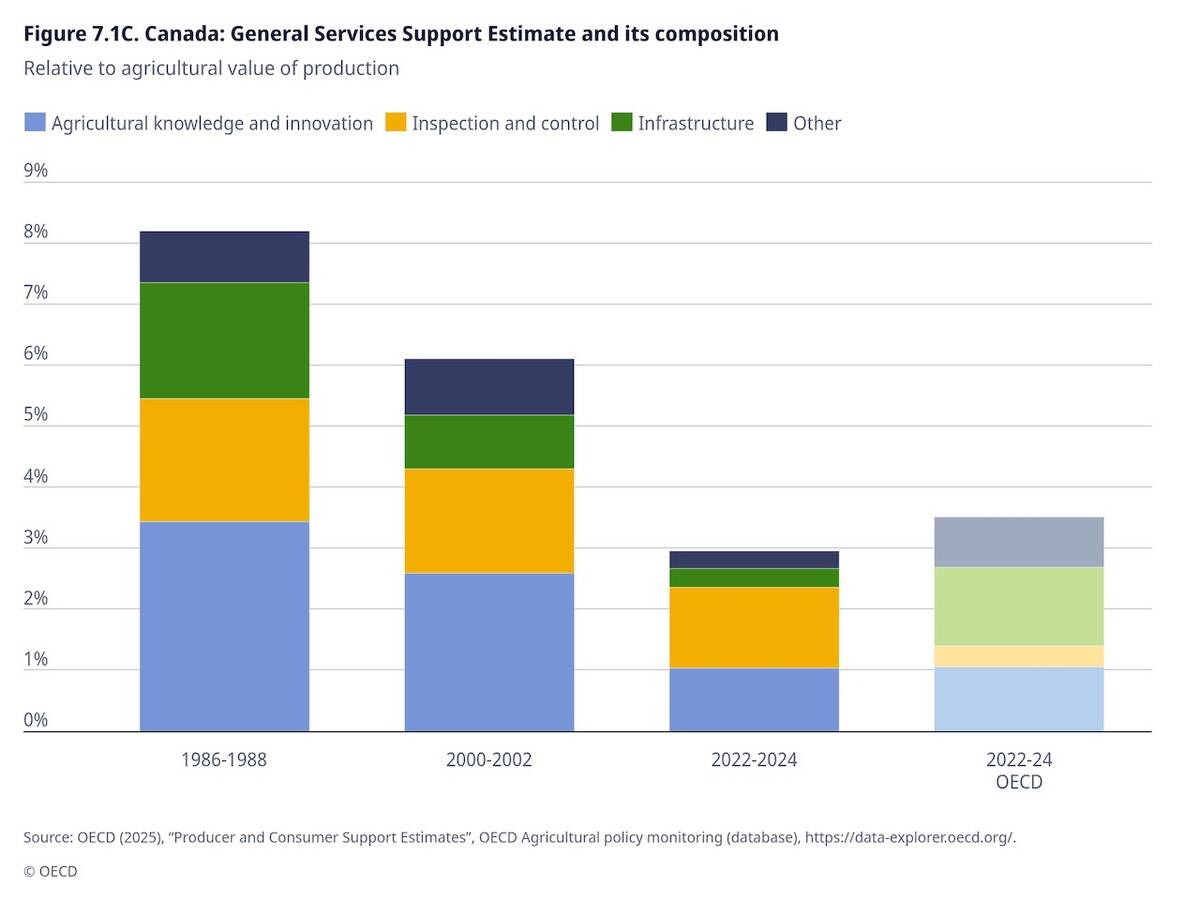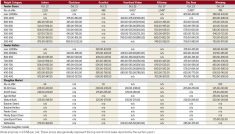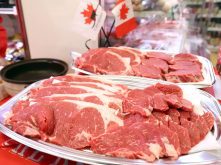Canadian dairy officials are dismissing a U.S. industry report which claims supply management for milk does not work.
The report by a U.S. dairy processors association plays fast and loose with the facts when it says supply management restricts industry growth and does not reduce price volatility, said Phil Cairns, senior policy adviser with Dairy Farmers of Ontario.
In fact, the report’s own figures show farm gate prices for milk in Canada vary less than in countries without supply management, Cairns said.
Read Also

OECD lauds Canada’s low farm subsidies, except supply management
The Organization for Economic Co-operation and Development says Canada’s farm subsidies are among the lowest, but still criticized supply management industries like dairy, poultry and eggs.
He called the report a thinly veiled attempt to head off proposals for U.S. milk supply controls in the 2012 Farm Bill.
“It was just a quick job done to fulfil a political need to discourage the (American) government from looking at supply-and- control measures as a solution to the income problems in the U.S.”
The report glosses over major financial difficulties among American dairy farmers in recent years, mainly because milk production in the U.S. is uncontrolled, Cairns said.
He was commenting on a report by the International Dairy Foods Association comparing milk supply control programs in Canada, the EU and the United States.
The IDFA is a U.S. industry lobby group which cites “reducing government intervention in commercial markets” as one of its goals in a mission statement on its website.
The report makes three allegations about milk supply control programs in other countries, including Canada:
They do not reduce price volatility or slow farm exits.
They inflate dairy prices and thus slow growth in the consumption of fluid milk and dairy foods.
They constrain dairy industry and job growth.
Cairns called each allegation misleading.
He said it’s true there are certain times of the year when Canadian producers’ milk returns are higher than at other times. But those are seasonal variations.
Cairns said returns reflected in producers’ monthly milk cheques are lower when seasonal production is greater. When production increases, as in spring, excess milk gets processed into lower-value products, such as skim milk powder and animal feed.
The reverse is also true. When production is seasonally lower in fall, a greater proportion of milk goes into higher-value Class One fluid milk and cheese.
Cairns said the IDFA’s own charts show milk price volatility on a weighted basis is much less in Canada than in the U.S., the EU and New Zealand.
As for dairy foods being more expensive in Canada, that’s more a function of the exchange rate than the system, said Cairns. He said studies show American consumers paid more dollar for dollar when the loonie was below par with its U.S. counterpart.
Cairns called it pointless to compare industry growth between the two countries because U.S. milk processors are export oriented while Canada, because of supply management, is not.
Cairns said the report fails to acknowledge U.S. dairy farmers have experienced huge problems recently because of low milk prices and high costs. Many were on the verge of bankruptcy in 2009 when the farm gate price of milk, driven down by excess supply, did not even cover feed costs.
The U.S. government responded with programs to reduce milk production in which producers agreed to sell off some of their cows.
“It wasn’t a herd buyout per se but the same sort of concept of contracting to reduce volume,” said Cairns.
Since then, other proposals for milk supply controls have been mooted for the next U.S. Farm Bill in 2012.
“Actually, the current prices are forecasting quite high for next year, so I suspect the heat may have died down,” Cairns said.
“But I know there were some specific proposals based on the concept of producers committing to reduce their production.” [email protected]
———
“Itwasjustaquickjobdonetofulfilapoliticalneed.”
– PHIL CAIRNS, DFO














